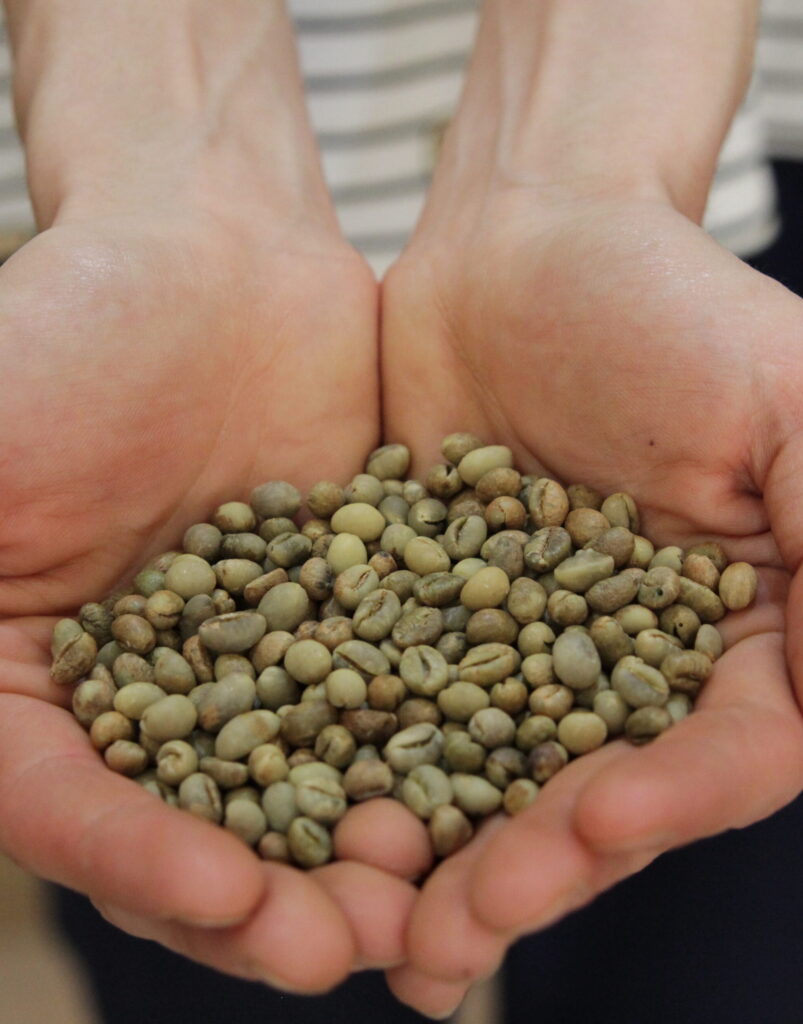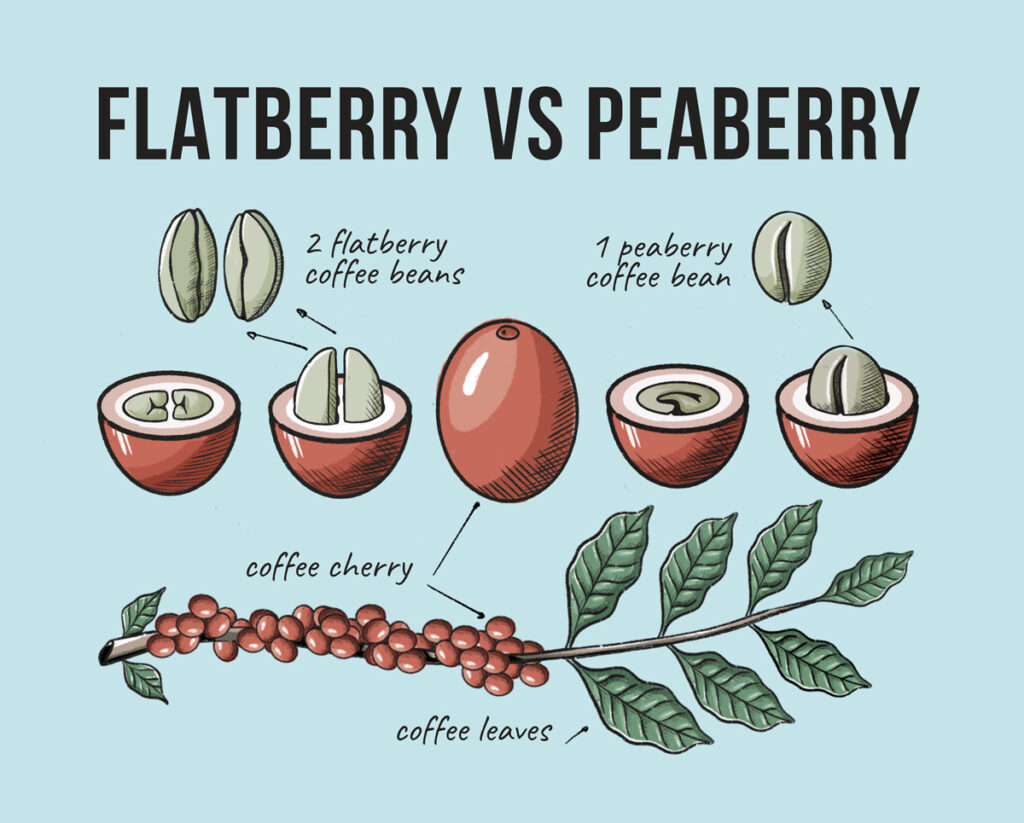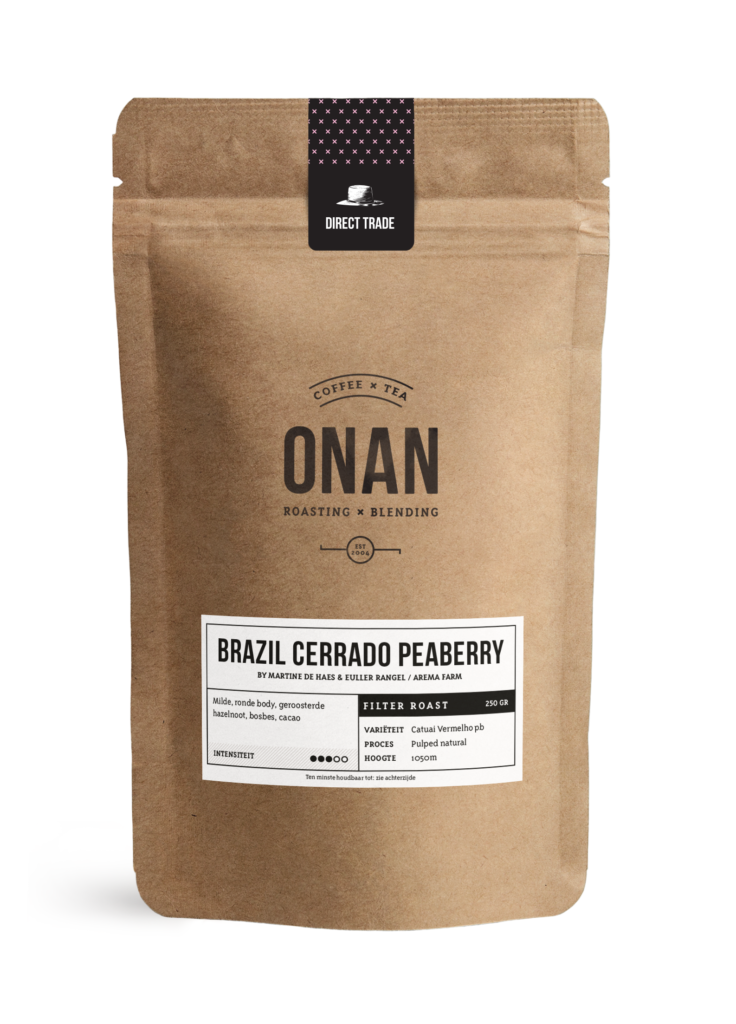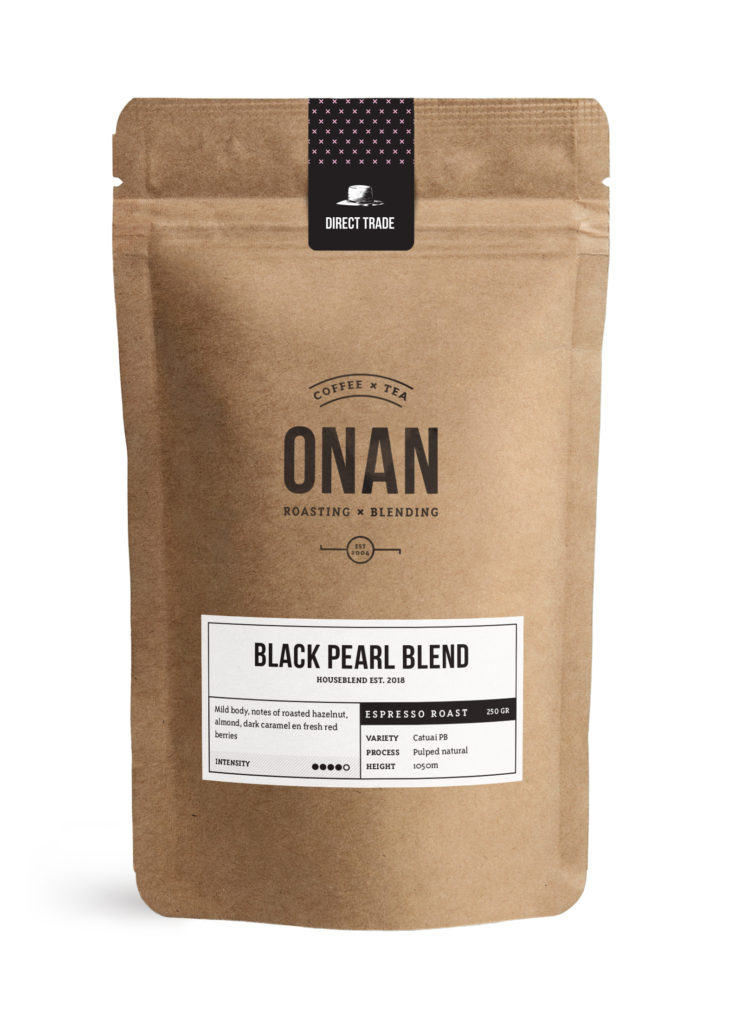
Peaberry coffee beans are the talk of the moment when it comes to the world of specialty coffee! These peculiar beans, formed when only one seed or embryo develops inside the coffee cherry, have a distinct rounded shape unlike the flatberries that we’re used to and that we consider to be ‘regular coffee beans’. Beyond their unique appearance, peaberries are famous today for their intensified flavours and aromas, making them a sought-after choice among coffee enthusiasts.
In this blog, we’ll delve into the origins and development of peaberry beans, exploring their significance in the coffee industry and the differences in flavour, processing, and roasting techniques compared to regular beans. Let’s go!
The PEABERRY, A pearl in An oyster
From waste to treasure
Today peaberry coffee beans are often hailed as nature’s unique gift to coffee lovers. But this wasn’t always the case. Traditionally, the ellipsoidal-shaped seeds known as peaberries were viewed as defects due to their unconventional shape and reduced size, which contradicted the market demand for larger, standard coffee beans.
However, their natural occurrence on coffee plantations is not to be overlooked, comprising a notable percentage of the total harvested coffee for prominent commercialised species like Coffea arabica L. and Coffea canephora. As 5-7% of the total harvested coffee beans are peaberries, this would come with a significant loss of production on the farm. Luckily, today they are like a tiny beautiful pearl in an oyster.
Did you know some coffee cherries make triplets and thus contain three embryo’s in one berry? Cool right!
Peaberries are just like twins in human birth!
In the world of coffee cultivation, the formation of peaberry beans stands out as a rare and fascinating occurrence. Typically, coffee cherries contain two embryos that develop into hemispherical-shaped beans, akin to the concept of twins in human birth. They are dome-shaped on one side and flat on the other side, which the two beans turn towards each other in the berry. These berries we call the flatberries. However, when only one ovule is fertilized, it gives rise to a singular bean or embryo — the peaberry.
Peaberry beans, often regarded as nature’s unique gift to coffee enthusiasts, undergo a distinct development process rooted in botanical intricacies. The formation of peaberries involves a deviation from the norm, where failure to fertilize both ovules of one seed or experiencing a failure in endosperm development results in the production of these smaller, denser beans. This process creates beans with a more domed shape, showcasing nature’s unpredictability and diversity in coffee cultivation.
Thus, while coffee trees typically produce beans in pairs, the emergence of peaberries represents a rare event, a bit like the occurrence of twins in human birth!

What about the processing and flavor Profile?
Everything changed with separating peaberries
During the post-harvest process, explicit care is taken to separate peaberries from regular coffee beans. This separation can be achieved through various methods, including size-based sieving or sophisticated machinery that sorts beans by weight and size. By isolating peaberries, producers can preserve their distinct attributes for evaluation and roasting.
Roasting peaberries requires a specialized approach to unlock their full potential. Unlike their flatberry counterparts, peaberries’ characteristic smaller size and higher density requires a specialized approach for roasting. Roasters develop specific roast profiles to create the desired flavours of peaberries. The rounded shape and consistent size of peaberries facilitate efficient heat transfer during the roasting process, resulting in a more controlled and predictable outcome.
Over the years, understanding how to roast peaberries to perfection has evolved significantly. Roasters have honed their techniques to ensure that peaberries reach their fullest flavor potential. This ongoing exploration underscores the dynamic nature of the coffee industry and the commitment to delivering exceptional coffee experiences.
The sustainable and economic impact for farmers since the creation of a sales market for peaberries, is not to be overlooked!
The Brazilian Arema farm of Martine & Euller, is one of those farms where peaberries grow on the coffee trees in significant amounts. With our skilled roaster Elena, we made the perfect filter roast for you to enjoy! Get it here!
flavour, Chemistry & mystery
Peaberry coffees are revered for their nuanced flavours and captivating complexity. It’s theorized that because peaberry beans draw all their nutrients from the coffee cherry, they develop a distinctive taste profile that distinguishes them from their counterparts. However, the exact chemical composition of peaberry coffee has not yet been completely understood.
The rising popularity of peaberry coffee can be attributed to its exceptional cupping scores, which reflects its superior quality and rich flavour profile. Yet, despite their acclaim, the connection between cupping scores and the unique shape of peaberry beans remains largely unexplored in current research, leaving a fertile ground for further exploration and discovery.
Recent research has unveiled a fascinating revelation: peaberry coffee extracts contain higher levels of caffeine compared to regular coffee, as documented in existing literature. This boost in caffeine content adds another dimension to the peaberry’s appeal, making it an interesting choice for those seeking a little extra morning kick!
Peaberries, peaberries,… I want flatberries!
Well, we have our amazing houseblend for espresso with the Brazilian flatberries of the Arema farm!
Discover our Black Pearl Blend with Martine & Euller’s flatberries here !





